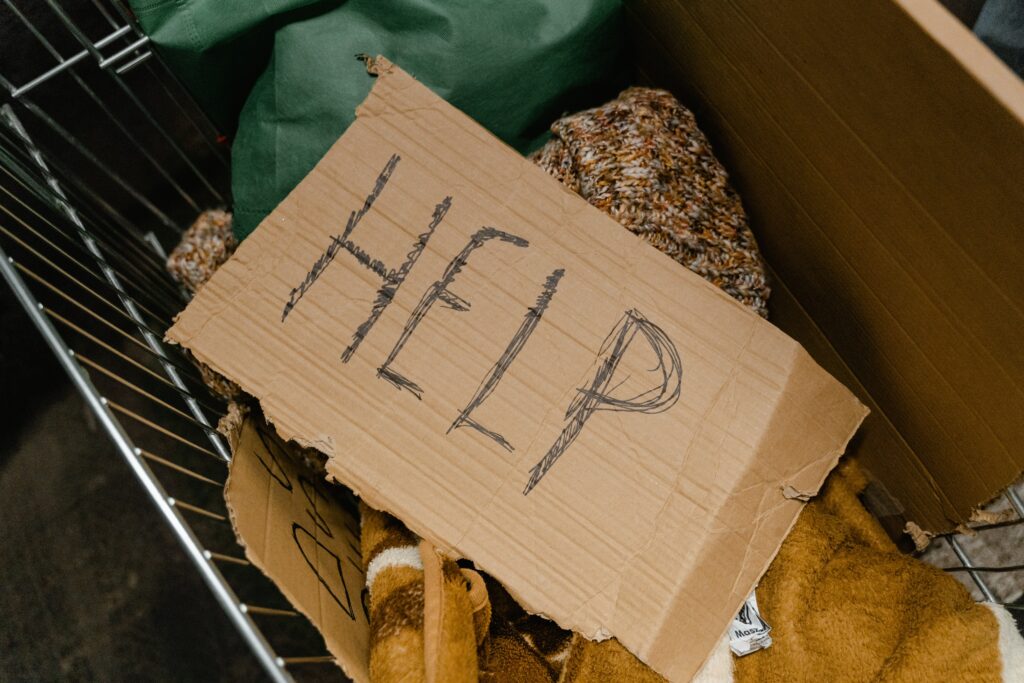In this article
- Fentanyl Crisis: In Short
- Current State of Fentanyl
- A Brief Dive Into Fentanyl’s History
- Seeking Treatment For Fentanyl Addiction
To understand what it like for someone withdrawing from Fentanyl, it helps to know that the drug is recognized for its unmatched potency. A potency that’s up to 100 times greater than morphine and 50 times that of heroin, first emerged during the 1960s. Primarily used for pain management, especially for cancer patients, this synthetic opioid represented significant medical progress. However, the nature of potent substances often attracts unintended audiences, and it wasn’t long before Fentanyl became a staple among recreational users. The ramifications of its increased recreational use have been profound, leading to a rise in dependency and making the withdrawal process increasingly arduous but not impossible.
Fentanyl Crisis: In Short
- Fentanyl-related overdoses caused over 30,000 deaths in 2018, marking a tenfold rise since 2013
- These overdoses mainly occur in the eastern U.S., especially New England, Appalachia, the Midatlantic, and the Midwest
- Unlike past drug crises, synthetic opioids increase death rates more than user numbers
- Enhanced monitoring of drug trends and market availability is vital
Obviously, there’s no easy or quick way to fully convey the maginitude of the Fentanyl crisis, but that at least gives you an idea of the numbers and regions impacted.
Current State of Fentanyl
I recently watched a documentary about the Fentanyl stronghold in Kensington, a neighborhood about five miles north of downtown Philadelphia. It looked like a scene out of a zombie movie. People hunched over in a light sleep stupor, a position known as the “dope fiend lean,” among others. And before Fentanyl, heroin users could be seen exhibiting the “heroin hunch.” Both express the effects of incredibly potent opioids and are partially the result of respiratory depression.
This respiratory depression leads to reduced breathing and, combined with other drug effects on the brain, can cause users to drift into a semi-conscious state or “nod out.” If someone is standing during this episode, it might seem as though they’re sleeping while still awake, and that’s not a far-off analogy. They lean or hunch over rather than collapse because they retain a degree of consciousness, allowing them to exert some force to remain upright.
For some, inadvertently joining a carousel of crouched-over zombies is a one-way ticket down bodybag boulevard. For others, there’s a way out of this forgivable low point, but to see a way out, you must first be open to it. Often, it’s not curiosity that got the best of them, but instead financial hardship or loss that resulted in seeking something to drown out the pain.
After witnessing in real life or footage of people in the streets experiencing the effects of Fentanyl, it might be hard to imagine that the drug is also on the World Health Organization’s (WHO) list of essential medicines. It also might be hard to imagine what that person was like before falling victim to Fentanyl. Whenever I witness a scene like the one I described, I remind myself that this is someone’s parent or child. They weren’t always like this. But they were going through a rough patch and were looking for answers. In the game of life, it’s a misstep many people make, but hopefully, it’s one you can recover from. It
Let’s look at how the Fentanyl epidemic began, starting with when it first appeared.
How The Fentanyl Crisis Came To Be In The U.S.
Fentanyl was first created in Belgium in the late 50s. In 1968, it became approved for medical use in the U.S. The drug was in use in moderation under the experience of medical professionals for decades before it became a recognizable word across America.
While the allure of Fentanyl for medical professionals was unmistakable, its appeal in the recreational drug scene arose from multiple factors. Its enhanced potency promised a heightened experience for users, and its synthetic formulation meant it could bypass the traditional need for opium poppies. With this dual appeal, it began to gain traction outside medical confines.
The internet, more specifically access to info on more efficient methods of synthesizing the drug, takes part of the blame for its rapid emergence within the past decade. It is also incredibly easy to conceal, and a little bit goes a long way.
As drug traffickers recognized its growing popularity, they saw an opportunity to enhance their offerings by mixing or “cutting” Fentanyl with other substances. This strategy, while it increased profitability, introduced significant risks. The narrow threshold between a dose that provides the desired effects and one that can lead to overdose makes Fentanyl particularly dangerous. Furthermore, the absence of clarity about its presence in mixed drugs meant many users ingested Fentanyl unknowingly, amplifying the risk of lethal overdoses. These reasons contribute to why Fentanyl awareness campaigns are regularly accompanied by the “One Pill Can Kill” slogan.
The Science Behind Fentanyl’s Grip
The challenges of withdrawing from Fentanyl can be attributed to its profound influence on the brain’s architecture. Like other opioids, Fentanyl interacts with the brain’s reward system. Over time, consistent use reprograms the brain, making it increasingly reliant on the drug to achieve feelings of normalcy or pleasure. This shift transforms the voluntary act of taking the drug into an overpowering compulsion.
This neurological reprogramming has broader implications for an individual’s life. As the brain’s pathways become conditioned to prioritize Fentanyl, other vital aspects of life—such as relationships, careers, and hobbies—often suffer. For families and friends, it’s heartbreaking to witness a loved one, once vibrant and goal-oriented, become consumed by the pursuit of the drug.
Despite the evident challenges, recognizing the need for intervention often takes a backseat to the overwhelming urge to satisfy the addiction, further complicating the path to rehabilitation.
Professional Guidance: An Essential Pillar
Withdrawing from Fentanyl is not a journey one should undertake alone. The physical and psychological symptoms accompanying withdrawal, ranging from intense muscle aches to debilitating anxiety and depression, require expert guidance and care.
Platforms that offer Fentanyl rehab treatment have emerged as crucial allies in this battle. As one such platform, we provide a free, comprehensive directory connecting those seeking help with seasoned professionals in drug, alcohol, and mental health services.
Furthermore, supervised detoxification can help mitigate the severe complications that can arise during withdrawal. In some cases, these complications can be life-threatening, underlining the importance of professional oversight.
Support Systems and Recovery
The arduous journey of withdrawing from Fentanyl, though daunting, does not need to be undertaken in solitude. Many support systems exist, ranging from medical professionals skilled in managing the detoxification process to therapists offering psychological support. By leveraging these resources, those committed to breaking free from the confines of Fentanyl can navigate this challenging phase with increased resilience.
Your Future: With Or Without Fentanyl
If you are reading about withdrawing from Fentanyl out of curiosity or for a loved one, you are likely going through some tough times, possibly watching someone squander their life. Remind yourself that addiction can happen to ANYONE. Instead, try to view them as the individual they are – Often someone who wanted a better life for themselves and their family. If you put your all into an endeavor that doesn’t work out as you had hoped, the ensuing emotions can be burdening. If you are struggling with Fentanyl or any other substance abuse, try reminding yourself that you can get back to being you. The same intensity and focus that got you into this situation can propel you out of it. Take each minute and each hour and give yourself another chance. It might work the first time, it might not, but just keep going. A continuous journey forward is way more exciting than no journey at all.
The decision to confront and overcome Fentanyl dependence represents immense courage. Those on this transformative journey deserve every ounce of support, guidance, and understanding we can offer. Platforms like MentalHealthProviders.org serve as invaluable lifelines, simplifying the process of finding the proper help. While the path to recovery is fraught with challenges, the promise of a life beyond addiction makes every step worthwhile.
Drugs come and go, but someone will always be willing to help another get clean. From my experience, those who have already been through that experience go on to be the best coaches, but that’s not a requirement. Don’t be the person that turns away all the help because you refuse to come to terms with the fact that you slipped up once. Stop letting your ego hold on to a time from the past—it is time to reset like a Nintendo and begin a new journey.







